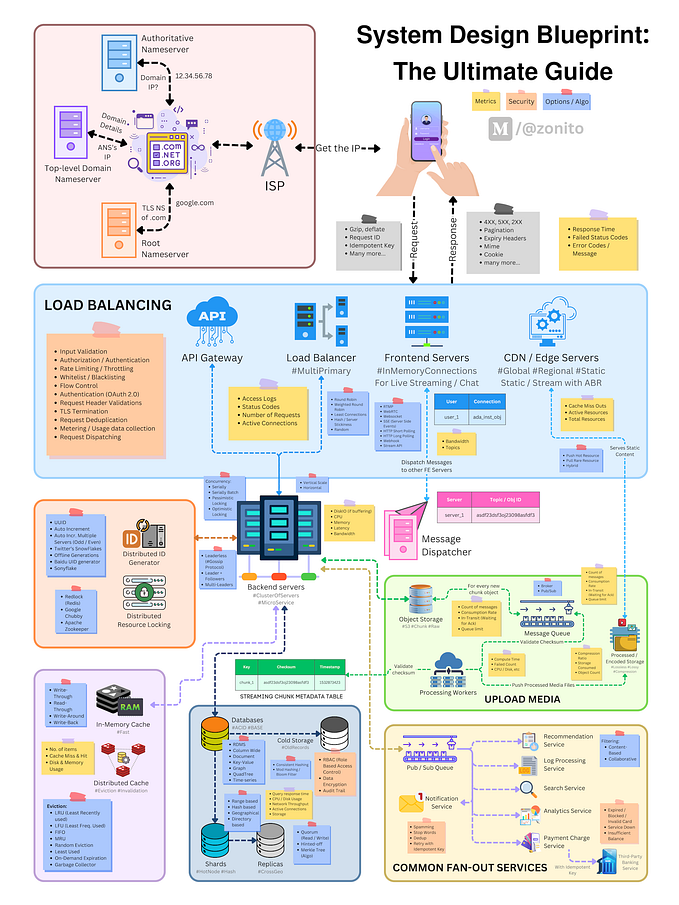Designing an A.I. Chatbot: how conversational design changed the way I think about design.
It’s just a Chatbot! how hard can it be? I thought. Boy! that is one mistake I will never make again about new tech.

It was easy for me to convince myself while in my last assignment, that if you can design a messaging app UI, it’s pretty straightforward to design a Chatbot. So I took to the job without much thought.
Chatbots have been around for a long time and I remember talking to one of those early versions when I was still in school. I thought, “hey, it’s practically just a messaging app”. Little did I know at the moment that when you apply business requirements, need to drive more engagement and in a complex domain such as banking, it’s not as easy as asking your Google Home to play music.
First thoughts first.
- People are not used to AI yet. Frankly, it’s a bit scary for some. How do you get users to talk to your bot?
- It’s not easy to trust a machine that has a mind of its own (yea). How do you build trust?
- How do you go about making something that has to be personalised for every user?
- How do you make sure you find the right balance between proactive and reactive conversations?
- How do you measure it once you make it? Will traditional analytics still work?
- How do you make it simple?
- What in the world is sentiment analysis?
I had more questions in my mind than I could answer for the last year. I spent the whole of last year building a Virtual Financial Assistant that works on your web browser, Mobile App, your watch and smart speakers — just to name a few channels.
I will try to cover a few of the above questions in this article. But all 7 questions would be a-lot for a single post.
There has been so much learning in the last year that I’m not really sure how to share it with the world. You have to start somewhere, so I will start with the familiar web based chatbot.
The web bot

Floating Action Buttons or F.A.Bs are fun, sure. Ever since material design has arrived, everybody seems to have an FAB on their website. How do you go about making an F.A.B for your Chatbot that lets people know right away what it’s for?
I went back to the basics.
I remembered reading about Signifiers in Don Norman’s The DESIGN of Everyday Things. I grabbed the book again and I read,
The design of the door should indicate how to work it without any need for signs, clearly without any need for trial and error. The vertical plate and supporting pillars are natural signals, naturally interpreted, making it easy to know what to do: no labels required.
So I drew a conclusion that if the existence of a correctly designed door handle indicated which way the door opened, I should have one for the chat initiate button for my Chatbot.

A simple way to tell the user what this is and how it opens will be no surprise at all.
It swings open. Just like a door.
Now that you are inside a Chatbot, how do you make experiences that are not “oh so boring, there is so much to read”.
Of course, if you put too much visual design into your conversational experiences, it stops you from making it work for a channel like Google Home, some of which doesn’t have displays.
Using Facebook’s messaging templates as a reference, you could start building basic experiences that work for your bot on pretty much any channel that supports display of text and some images. If there is enough text that can be read out by your bot, conversations on speakers wont be a broken one.

One of the key things to understand while making these screens is that this is not a web page. This is a conversational interface. The user has to know that if you want something done, you must ask for it. It’s tempting to put buttons everywhere and links all over the place just like traditional web-design, but you must encourage your user to converse with you and not use their mouse to click and drag like they are used to. This is a behavioural shift and how do you do it?
Changing from “Choice based” to “Conversation based” experiences
Here is how you remind the user that you can ask so many different questions, in so many different ways. People are used to clicking things on a computer screen, without a thought. They are used to not talking to websites. How do you change this behaviour, you ask?

It’s not supposed to be a menu. It’s a suggestions screen.
It’s just there to help you to see what you can ask. That is the main purpose, isn’t it? Making conversations with an intelligent being? Sort of like the prime directive for the United Federation of Chatbots.
This change may look drastic, but this changes user behaviour at a fundamental level as we have seen. What we have seen is that those silent conversations in the mind, those worries about breaking the ice with your bot, gone! There were more conversations per user than ever before. When there are no familiar icons to click, and the availability of query and command suggestions in the home screen meant that more people asked more questions to the Chatbot- instead of looking for something to click. Let the funnel open, I say.
Now, writing things.
If you are a conversational designer, I’m sure you use a lot of tools to write conversations. It’s not practical to build UI for all the conversations that you may have to create. Personally I use the good old Google Sheets to write conversations.

Now, this may be good enough for your editorial team, but it’s not good enough for a client demo. They don’t want to read so much on an excel sheet, they want to see screens and visualise. You also need a better way to actually build conversations for your production quality bots.
For this, we built a platform that helps your editorial team drag and drop templates, insert images etc. I will cover “Building an A.I Training Platform” in a subsequent article. It will cover the fundamentals of Natural Language processing and about finding Intends in queries. That’s for another day.
Measuring the effectiveness of your conversational experiences
This is a tricky one.
I will leave you with a tool and a thought for this one for now. I will be happy to write more about it in a more detailed fashion soon.
First, you need to hook up with a tool like Bot Analytics or read this article for more.
Here’s the thought.
Measuring the effectiveness of conversations is very much like the 3 click rule. How many messages are being exchanged to get something done? While NLP engineers work hard to match queries to existing responses, it’s also important to help your users by giving pro-tips so that they ask questions differently. The lesser number query-response being exchanged to achieve the goal, the better.
Get your user to go from
User: Recharge my phone
Bot: What’s you number?
User: It’s 9820-XXX-XXX
Bot: How much is your recharge?
to
Recharge 9820-XXX-XXX for 200 bucks.
This is the real measure of your chatbot’s effectiveness. Help your user understand how to use it quickly, help them to get things done in just one power query.
I hope I have been of help. See you soon.









